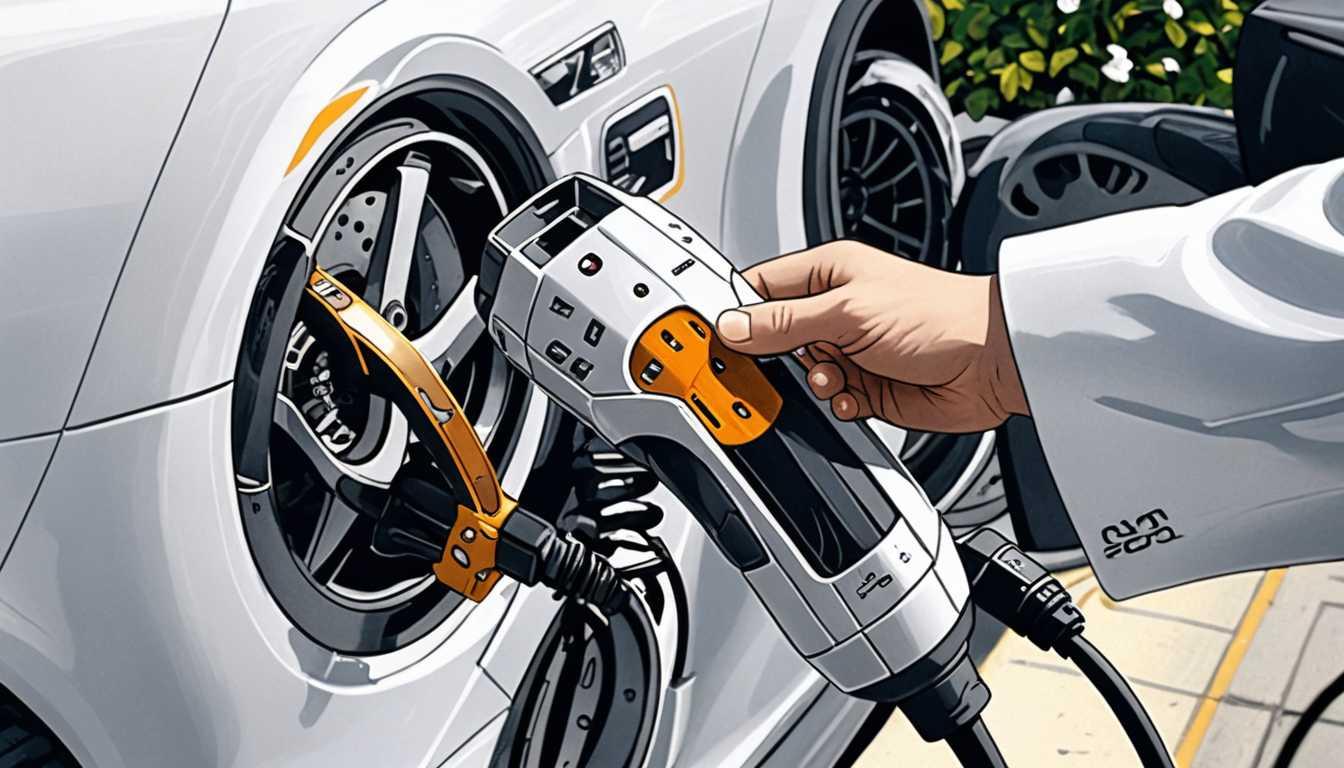Sulfur: The Battery Game Changer
February 2024
MIT Technology Review
Introduction
Dive into the electrifying world of batteries with MIT Technology Review's latest scoop! Discover how sulfur, the underdog of elements, is sparking a revolution in the battery industry, paving the way for cheaper, more efficient power sources. With startups like Lyten charging ahead, the future of electric vehicles (EVs) and renewable energy storage is looking brighter and lighter. Get energized by the potential of lithium-sulfur batteries to outperform their lithium-ion cousins, and join the journey towards a sustainable, electrified future. No cobalt, no problem!
READ FULL ARTICLEWhy It Matters
Discover how this topic shapes your world and future
Powering the Future, One Element at a Time
Imagine a world where electric vehicles (EVs) can drive farther, charge faster, and cost less. Sounds like a dream? Well, it might soon be a reality, thanks to the surprising potential of sulfur—a common, inexpensive material—to revolutionize battery technology. This isn't just about making your future car better. It's about tackling climate change by making renewable energy more accessible and efficient. By exploring alternatives to lithium-ion batteries, like lithium-sulfur, we're stepping into a future where our energy needs are met in a more sustainable, cost-effective way. For you, this could mean a world with cleaner air, more innovative technologies to explore, and a brighter, greener future. Plus, who doesn't love the idea of science turning a common element into a superhero ingredient for better batteries?
Speak like a Scholar
Lithium-sulfur batteries
A type of battery that uses sulfur as a key component, offering the potential for higher energy density compared to current lithium-ion batteries.
Energy density
A measure of how much energy a battery can store relative to its weight, crucial for making lighter, longer-lasting batteries.
3D graphene
A form of carbon with a unique structure, offering high strength, electrical conductivity, and surface area, which can improve battery performance.
Cycle life
The number of complete charge and discharge cycles a battery can undergo before its performance significantly degrades.
Renewable energy
Energy that comes from sources that naturally replenish, like solar or wind power, as opposed to finite sources like fossil fuels.
Sustainability
Practices and technologies that meet current needs without compromising the ability of future generations to meet theirs, often focusing on environmental preservation.
Independent Research Ideas
The role of sulfur in the next generation of batteries
Investigate why sulfur offers such promise for battery technology and how it compares to other materials in terms of cost, availability, and performance.
3D graphene's superpowers
Dive into how 3D graphene enhances battery life and performance. What makes it different from traditional materials, and how can it be produced sustainably?
The lifecycle of lithium-sulfur batteries
Explore the environmental impacts of manufacturing and recycling lithium-sulfur batteries. How do they stack up against lithium-ion batteries in terms of sustainability?
Renewable energy storage solutions
Examine how lithium-sulfur batteries could change the way we store and use renewable energy. What challenges need to be overcome to make this a reality?
Future transportation technologies
Imagine the future of transportation with lithium-sulfur batteries at its core. How could this technology change the design and functionality of electric vehicles, drones, and even aerospace applications?
Related Articles

Charging the Future: Iron's Power Play
February 2024
Massachusetts Institute of Technology (MIT)

Hydrogen: Earth's Hidden Energy Treasure
April 2024
Massachusetts Institute of Technology (MIT)

Fast Charge: The EV Game Changer
August 2023
MIT Technology Review

Magnets: Powering Tomorrow, Sustainably
January 2024
MIT Technology Review

Membranes: Future's Sustainability Heroes
March 2023
Phys Org